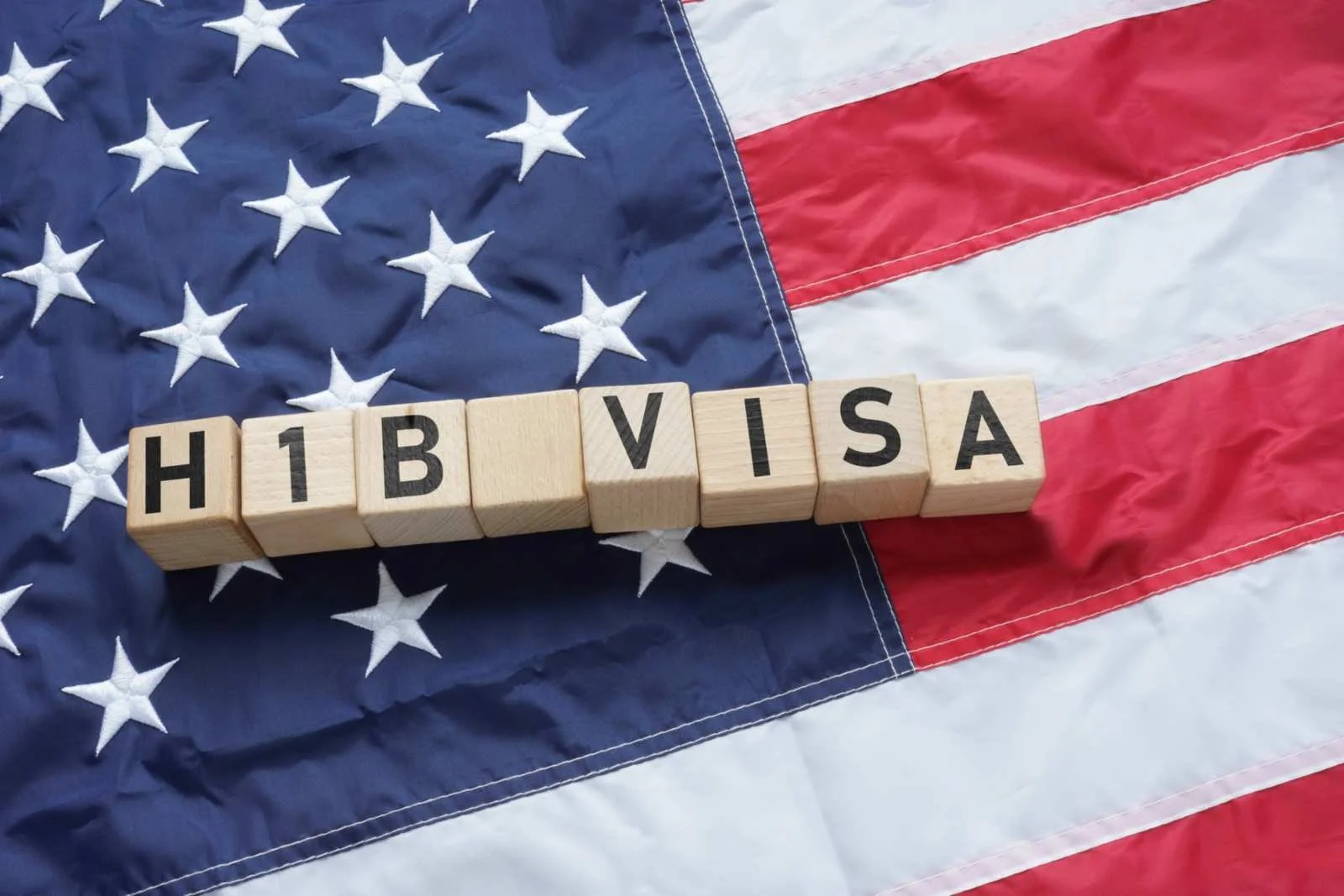Blog
USCIS Policies,
News
Nicole Abramowitz Weber
USCIS Policies,
News
Nicole Abramowitz Weber
USCIS Suspends Biometrics Requirements For H, L and E Visa Spouses
Starting on May 17th, 2021, USCIS will suspend biometrics requirements for certain I-539 applicants, including H-4, L-2, and E-1, E-2, and E-3 visa applicants, for at least two years.
Employment Visa
Isabelle Hurtubise
Employment Visa
Isabelle Hurtubise
The E-3 vs. the H-1b Visa: The Australian Advantage
The US and Australia have a treaty that, among other things, permits Australians to work in the US on an E-3 employment visa. Just like an H-1b visa, the beneficiary still needs a US company sponsor, the job must be a specialty occupation and the company must pay prevailing wage.
Similar Posts
Featured







